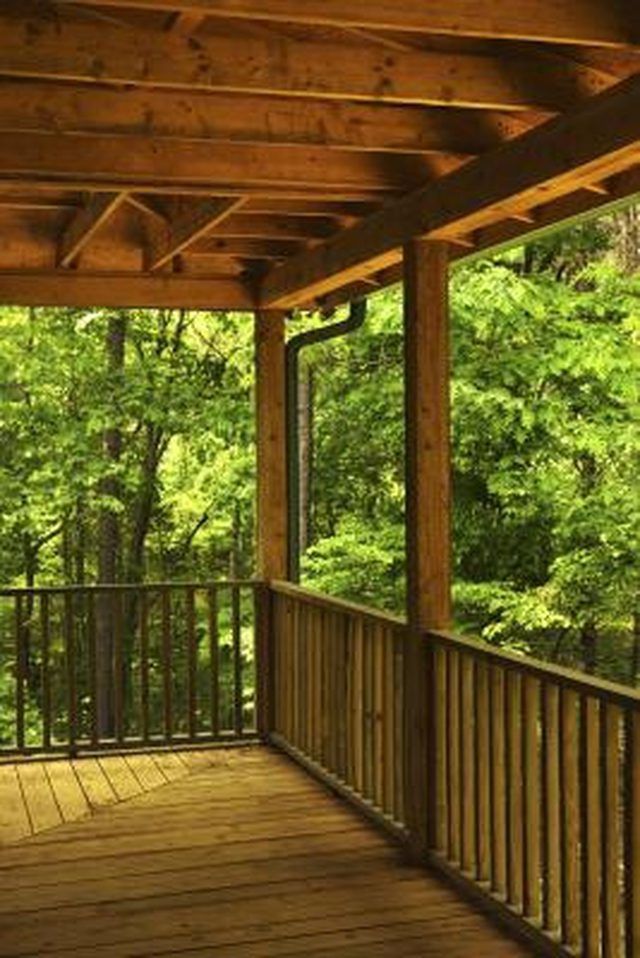Bulbs
Flower Basics
Flower Beds & Specialty Gardens
Flower Garden
Garden Furniture
Garden Gnomes
Garden Seeds
Garden Sheds
Garden Statues
Garden Tools & Supplies
Gardening Basics
Green & Organic
Groundcovers & Vines
Growing Annuals
Growing Basil
Growing Beans
Growing Berries
Growing Blueberries
Growing Cactus
Growing Corn
Growing Cotton
Growing Edibles
Growing Flowers
Growing Garlic
Growing Grapes
Growing Grass
Growing Herbs
Growing Jasmine
Growing Mint
Growing Mushrooms
Orchids
Growing Peanuts
Growing Perennials
Growing Plants
Growing Rosemary
Growing Roses
Growing Strawberries
Growing Sunflowers
Growing Thyme
Growing Tomatoes
Growing Tulips
Growing Vegetables
Herb Basics
Herb Garden
Indoor Growing
Landscaping Basics
Landscaping Patios
Landscaping Plants
Landscaping Shrubs
Landscaping Trees
Landscaping Walks & Pathways
Lawn Basics
Lawn Maintenance
Lawn Mowers
Lawn Ornaments
Lawn Planting
Lawn Tools
Outdoor Growing
Overall Landscape Planning
Pests, Weeds & Problems
Plant Basics
Rock Garden
Rose Garden
Shrubs
Soil
Specialty Gardens
Trees
Vegetable Garden
Yard Maintenance
How to Get Rid of Carpenter Bees Naturally
How to Get Rid of Carpenter Bees Naturally. Carpenter bees build their nests inside of wooden structures by boring holes approximately 1 inch wide, reaching lengths of 6 feet or more. It may be disconcerting to see and hear them chewing the wood of your home, but carpenter bees rarely sting and work slowly. Despite their slow pace, they can cause...

Carpenter bees build their nests inside of wooden structures by boring holes approximately 1 inch wide, reaching lengths of 6 feet or more. It may be disconcerting to see and hear them chewing the wood of your home, but carpenter bees rarely sting and work slowly. Despite their slow pace, they can cause considerable damage if left unchecked for long periods of time. If you find that your home is a nesting area for carpenter bees, you can get rid of them naturally with a few basic procedures that will force them to move away.
Things You'll Need
Almond oil
Flashlight
Steel wool
Wood putty
Wire mesh
Paint
Varnish
Botanical pesticide
Pour almond oil in and around the carpenter bee holes. Carpenter bees do not like this oil and it will drive them away and discourage them from returning to their nests. Look into the holes with a flashlight to make sure the bees and larvae are evacuated. It may take up to three months.
Fill the emptied carpenter bee holes with a steel wool pad and seal opening with wood filler or wire mesh. Leave in place until you can replace the damaged sections of wood.
Apply paint or varnish to the wood around your home. Carpenter bees prefer untreated wood, and this will deter them from building a nest. Be certain to coat all sections including the underside of trim.
Apply a botanical pesticide if efforts to drive the carpenter bees away fail. This may occur with large infestations. Common pesticides include neem oil and pyrethrins that come in oils, sprays or dusts.
Tips & Warnings
Apply these natural methods to trees and other buildings on your property.
Carpenter bees are necessary pollinators for the environment. Please exercise patience when trying to drive them away and turn to a botanical pesticide only as a last resort.
Even though botanical pesticides are natural, use caution when applying, and protect children and pets from exposure.
Be certain holes are empty of both the bees and larvae. If you seal the holes with larvae still inside, they will eventually hatch and bore additional holes to find a way out.
Do not use wood putty alone to seal holes. This will not deter the bees.